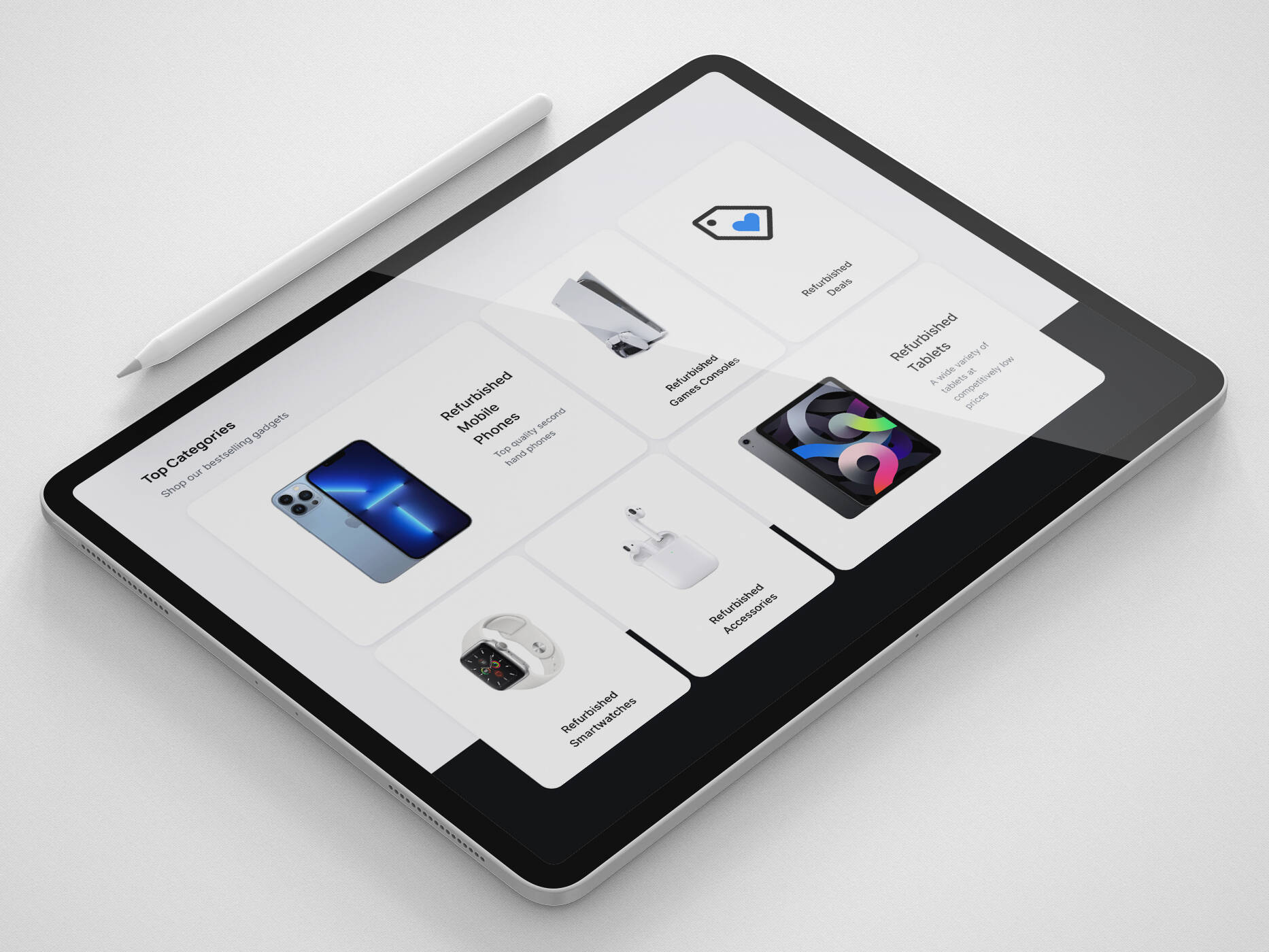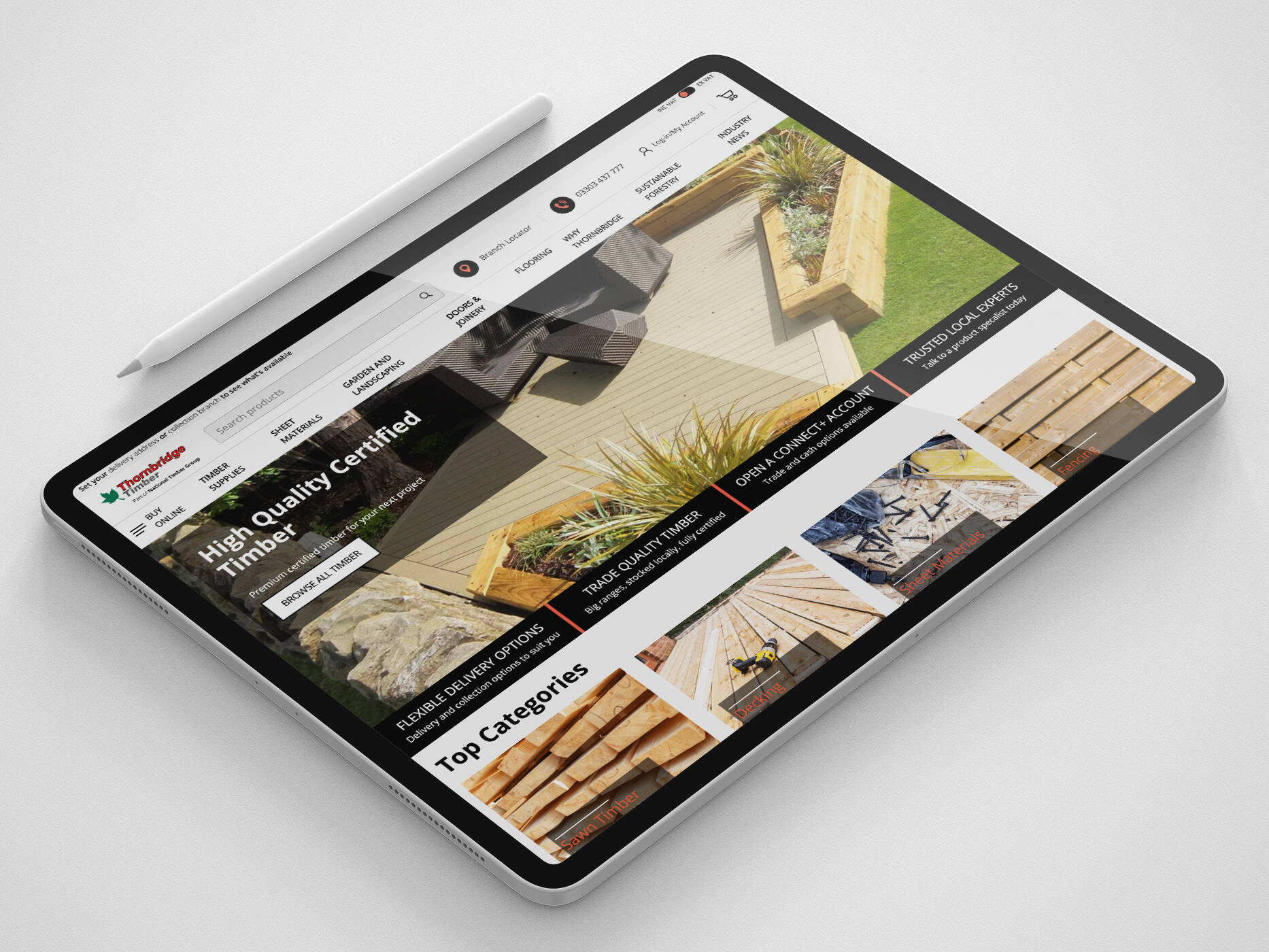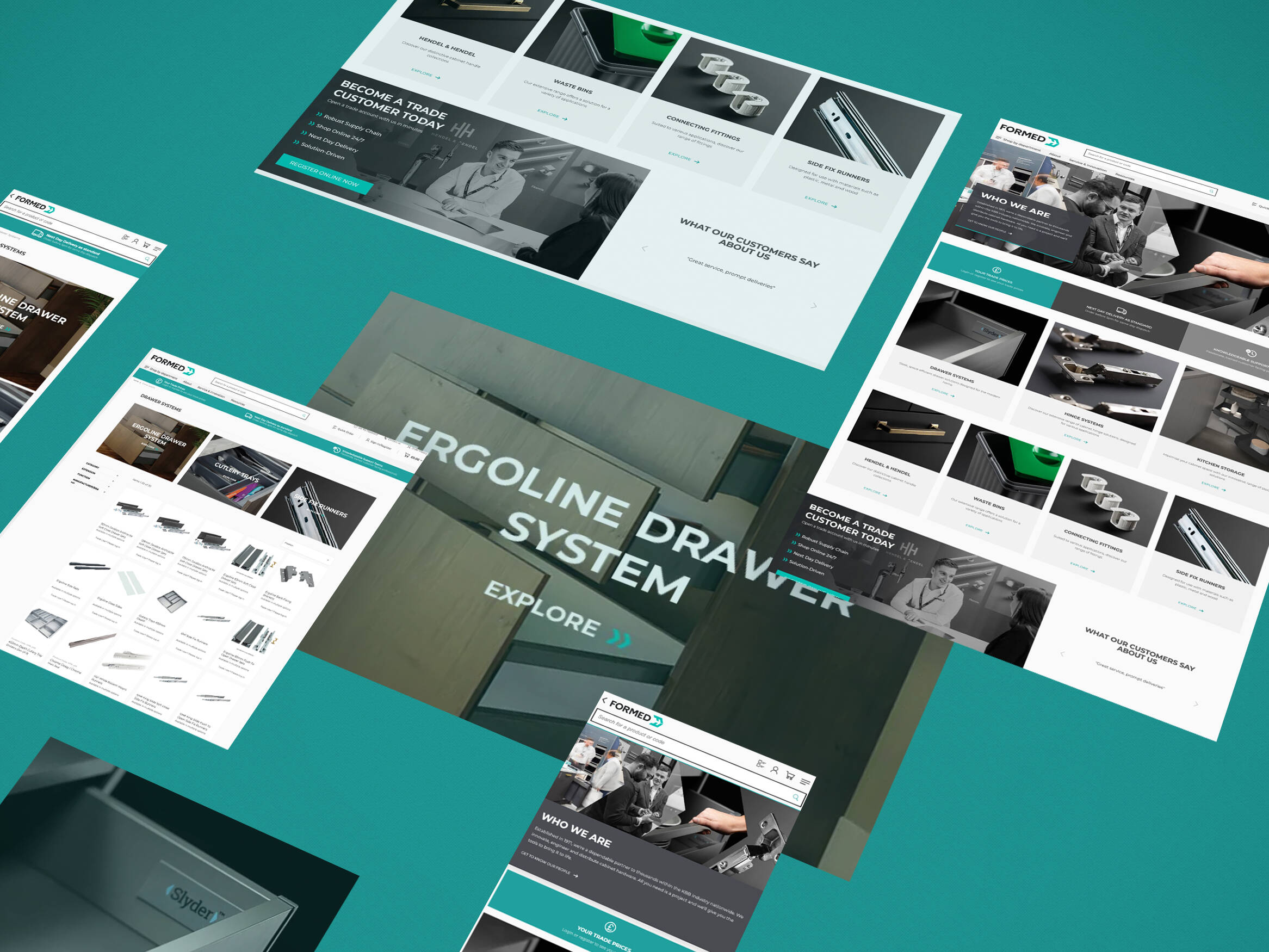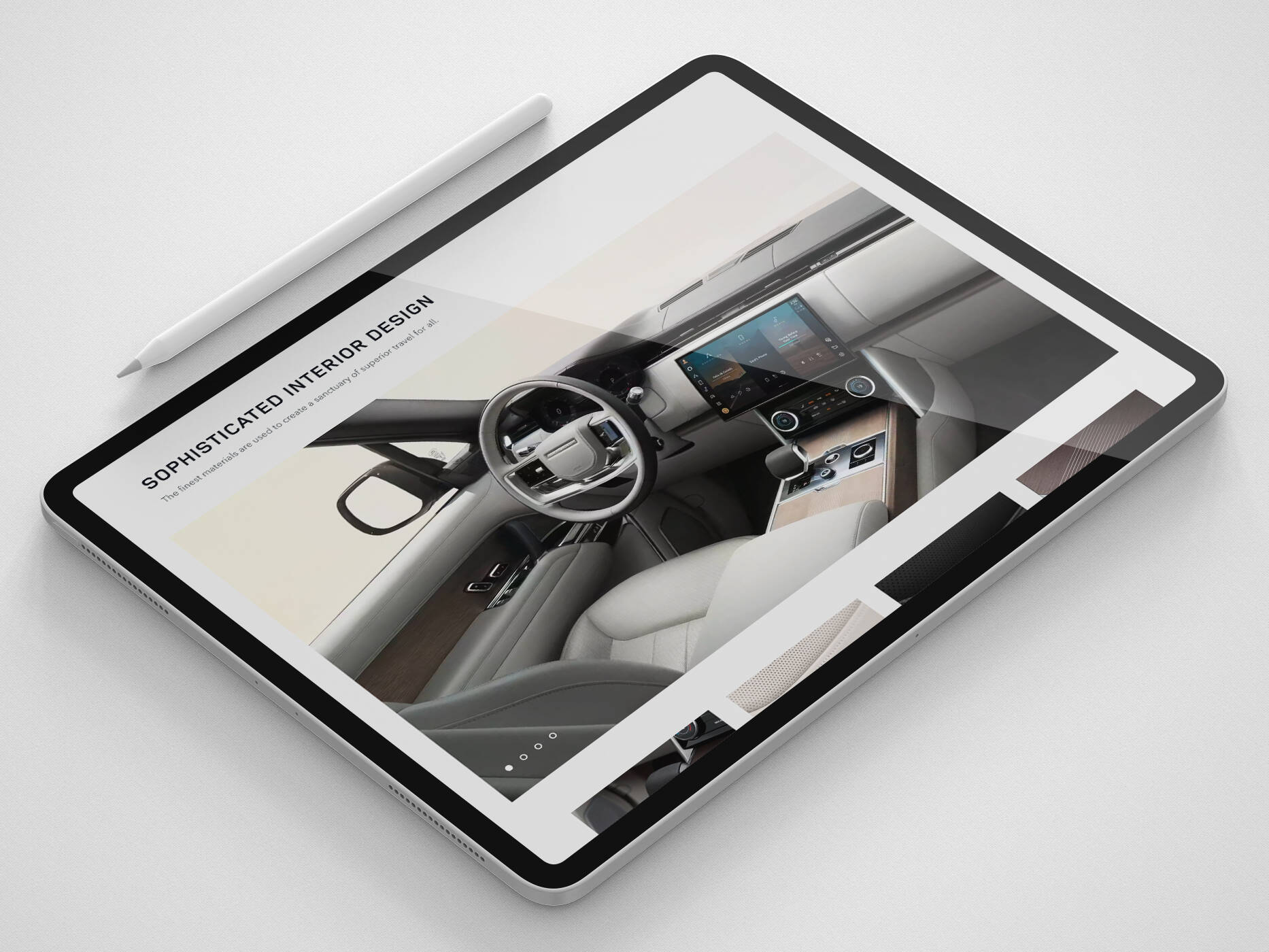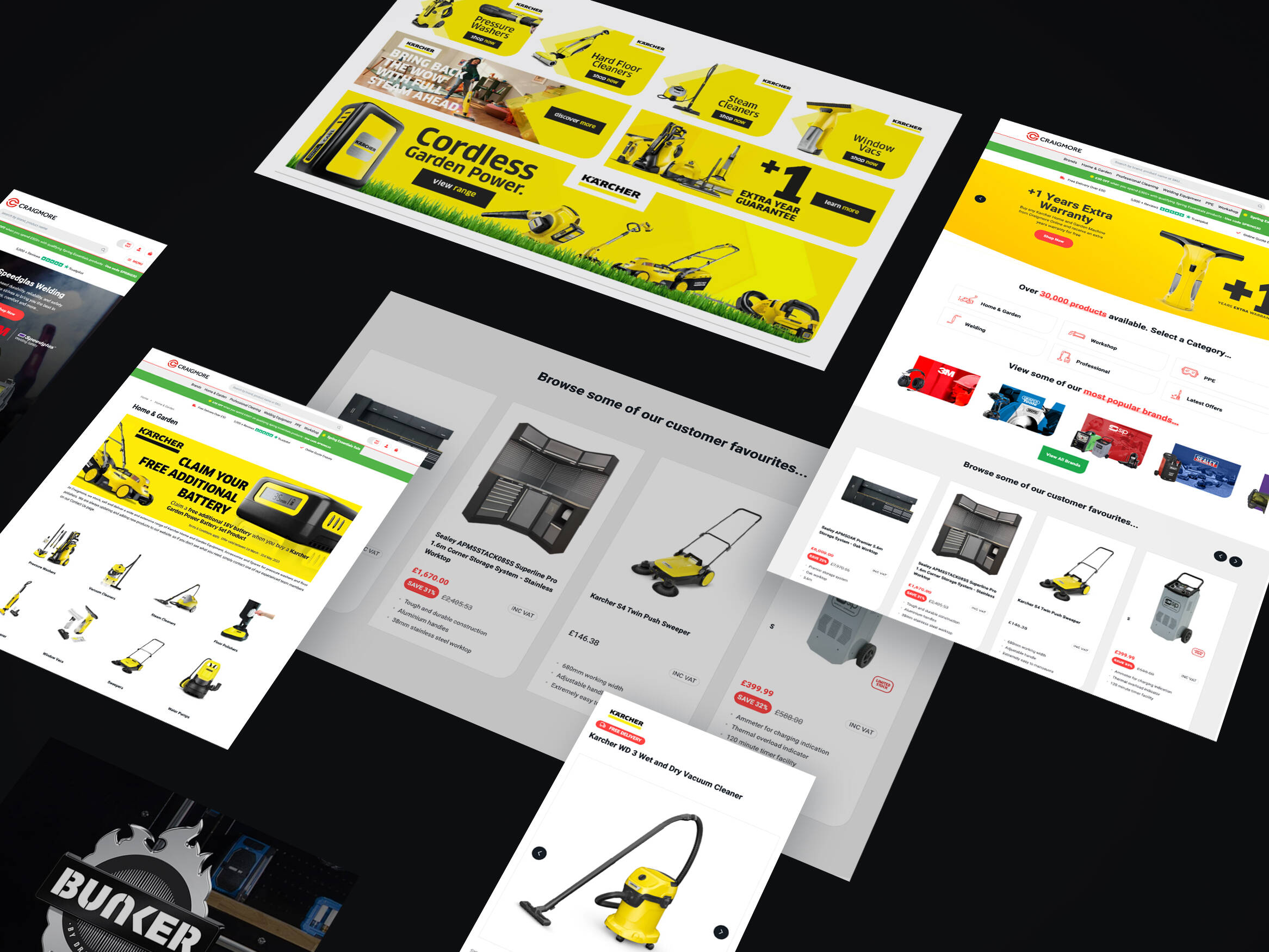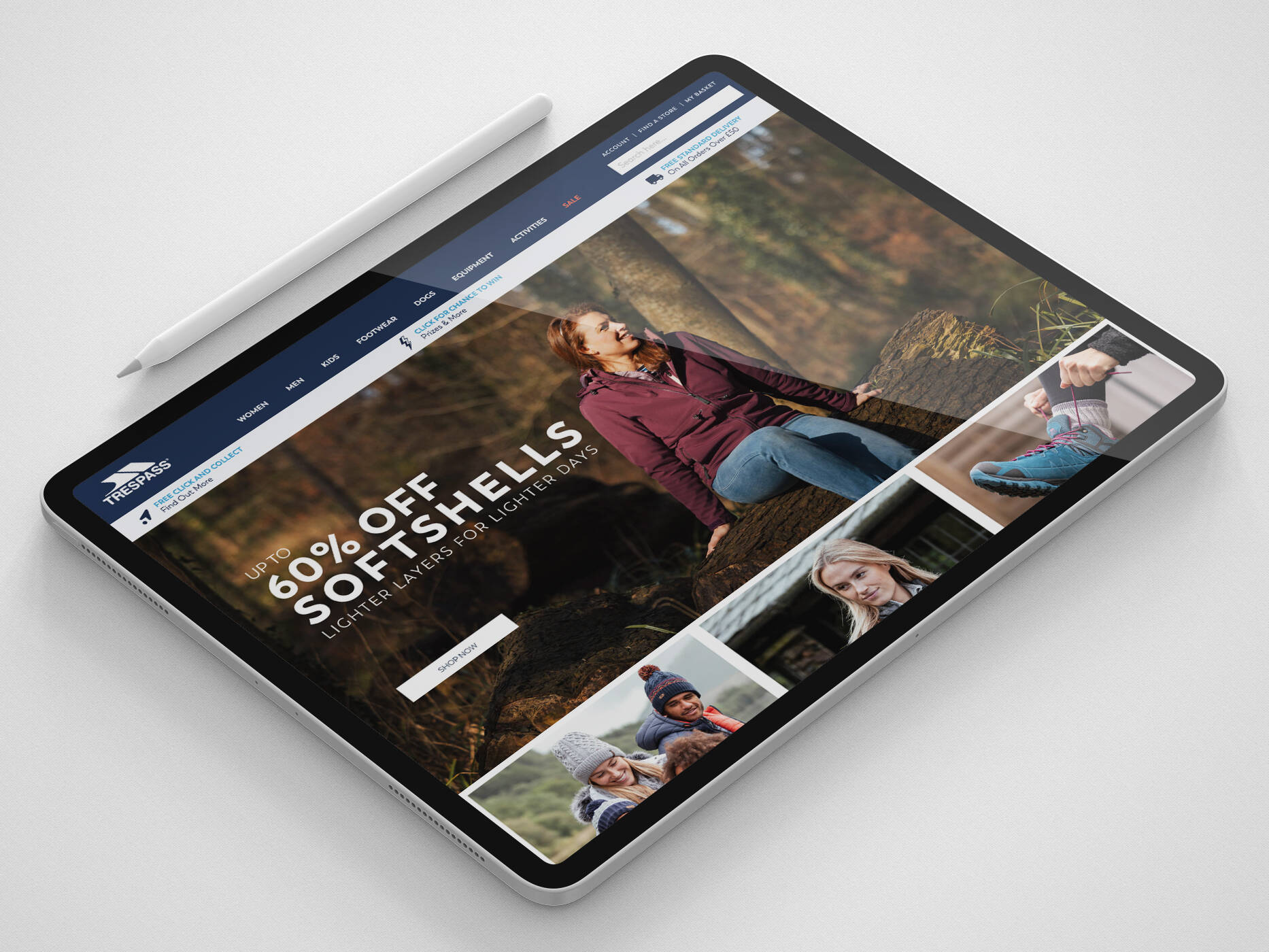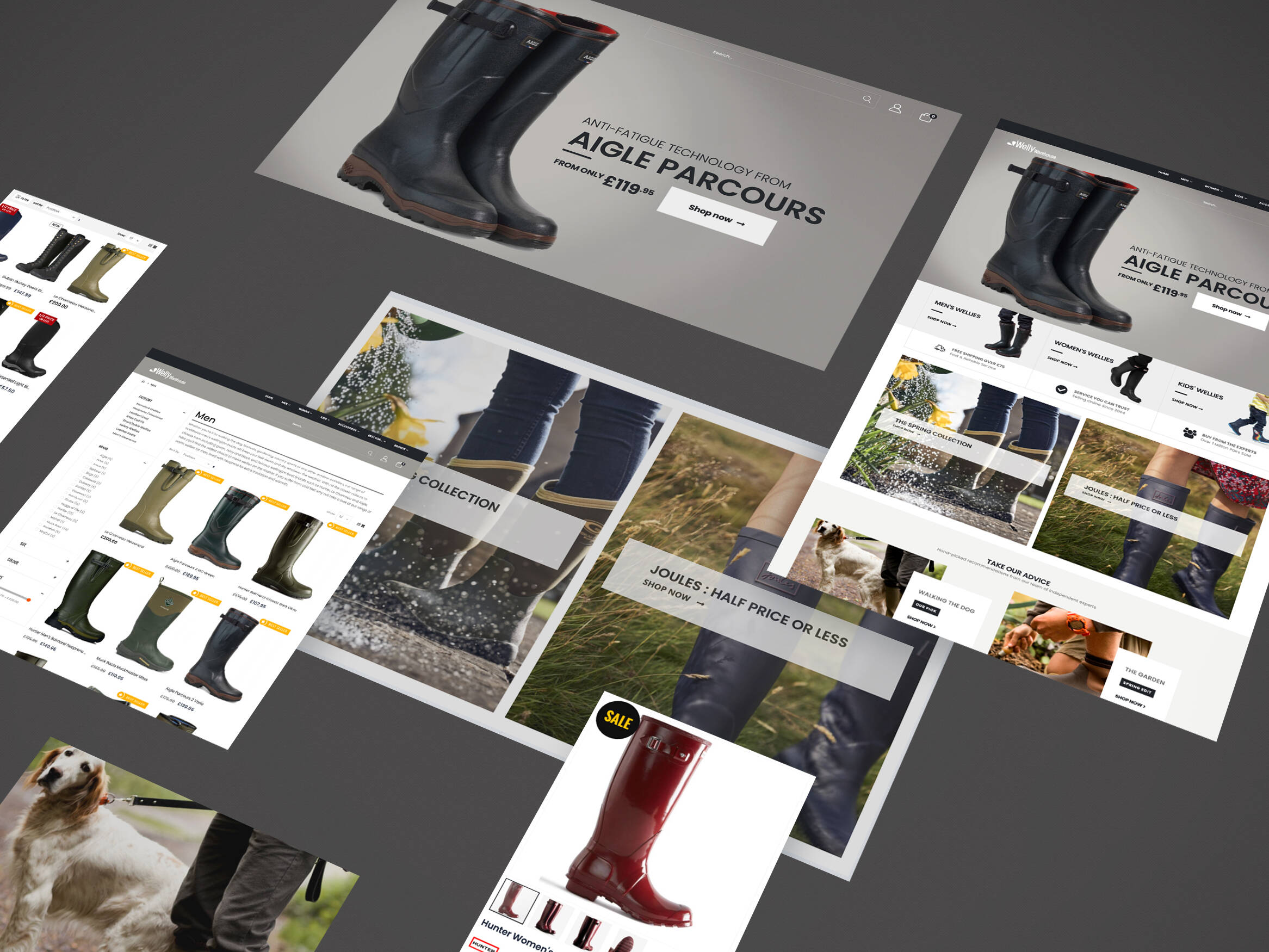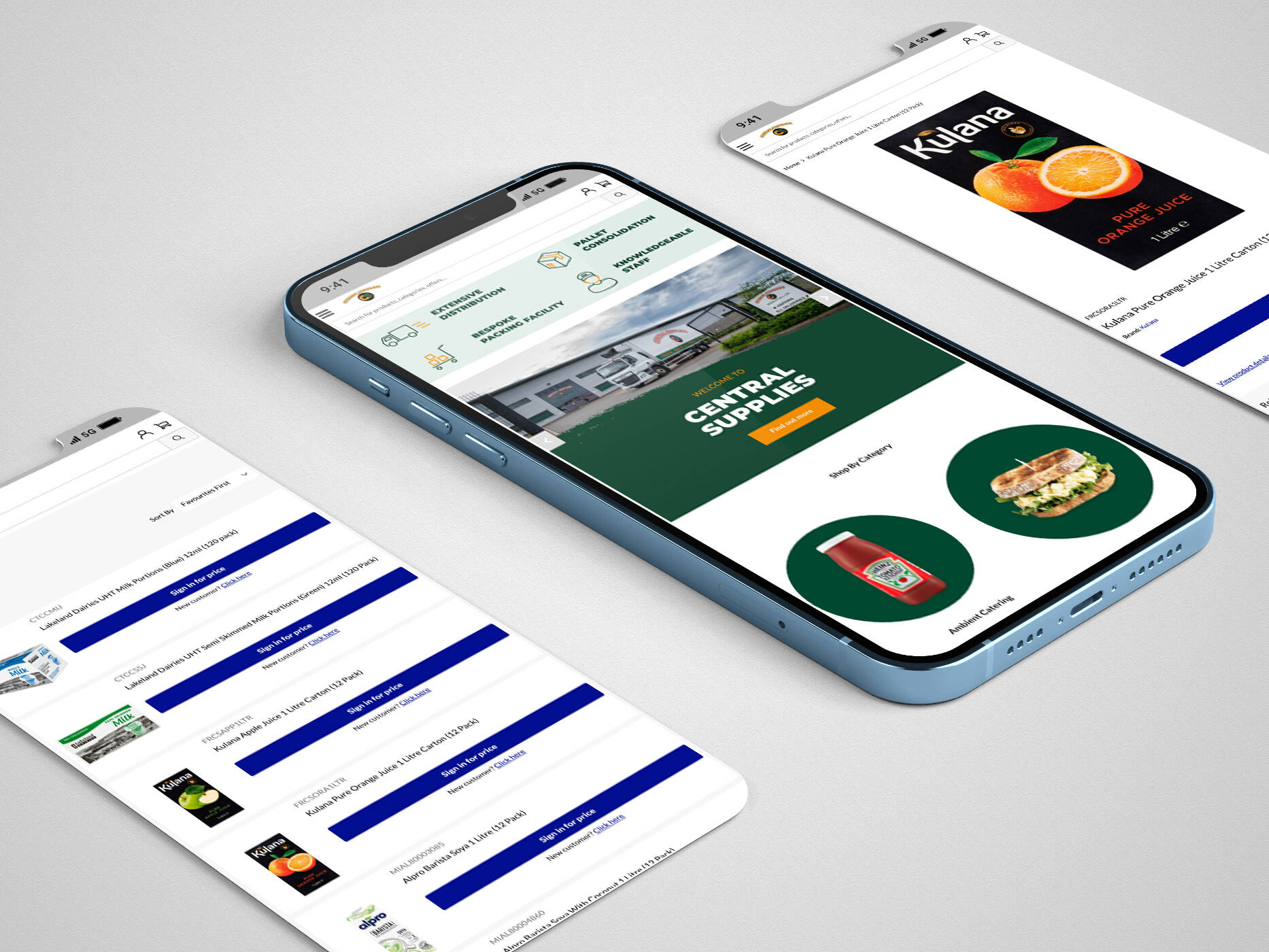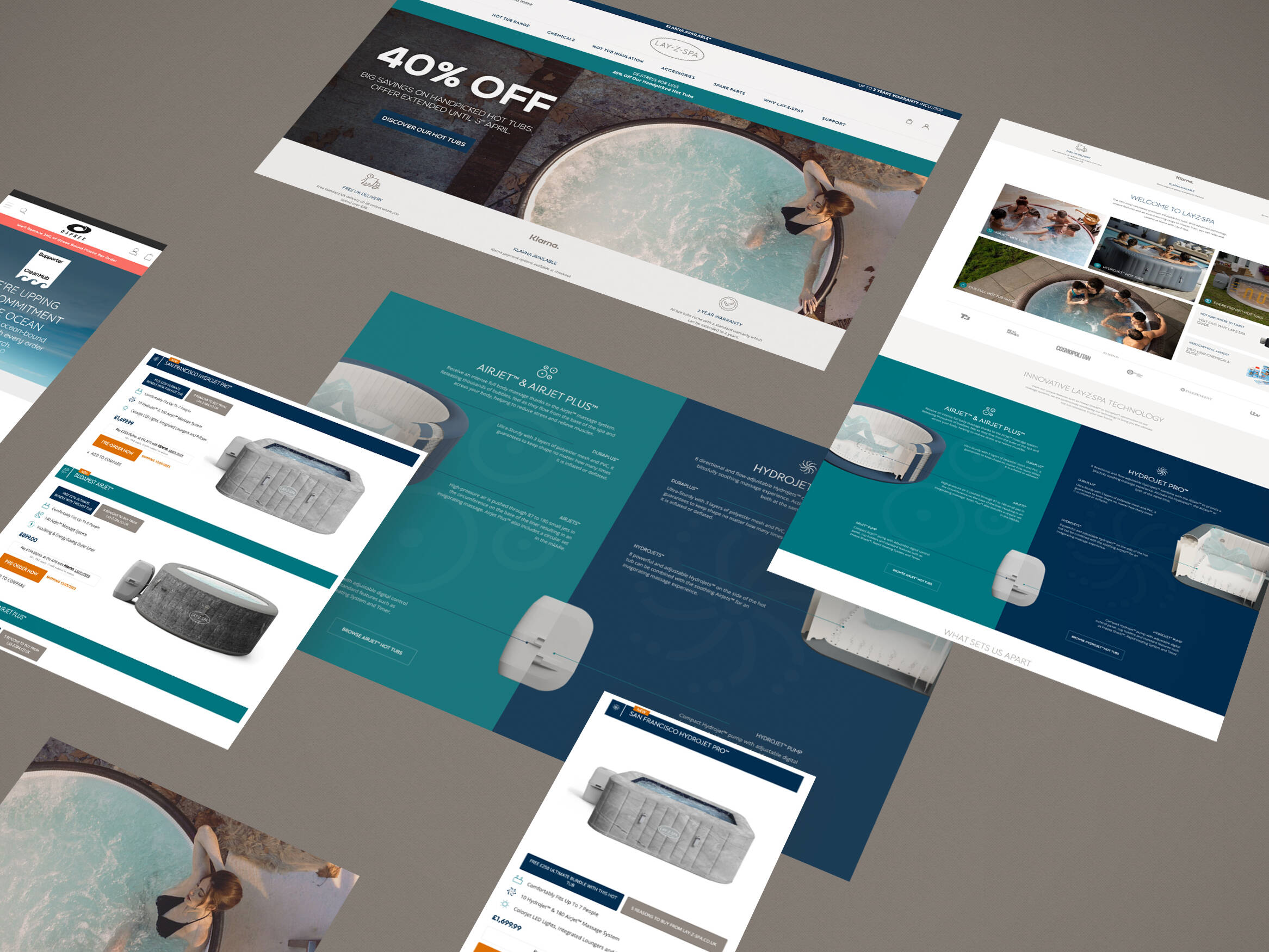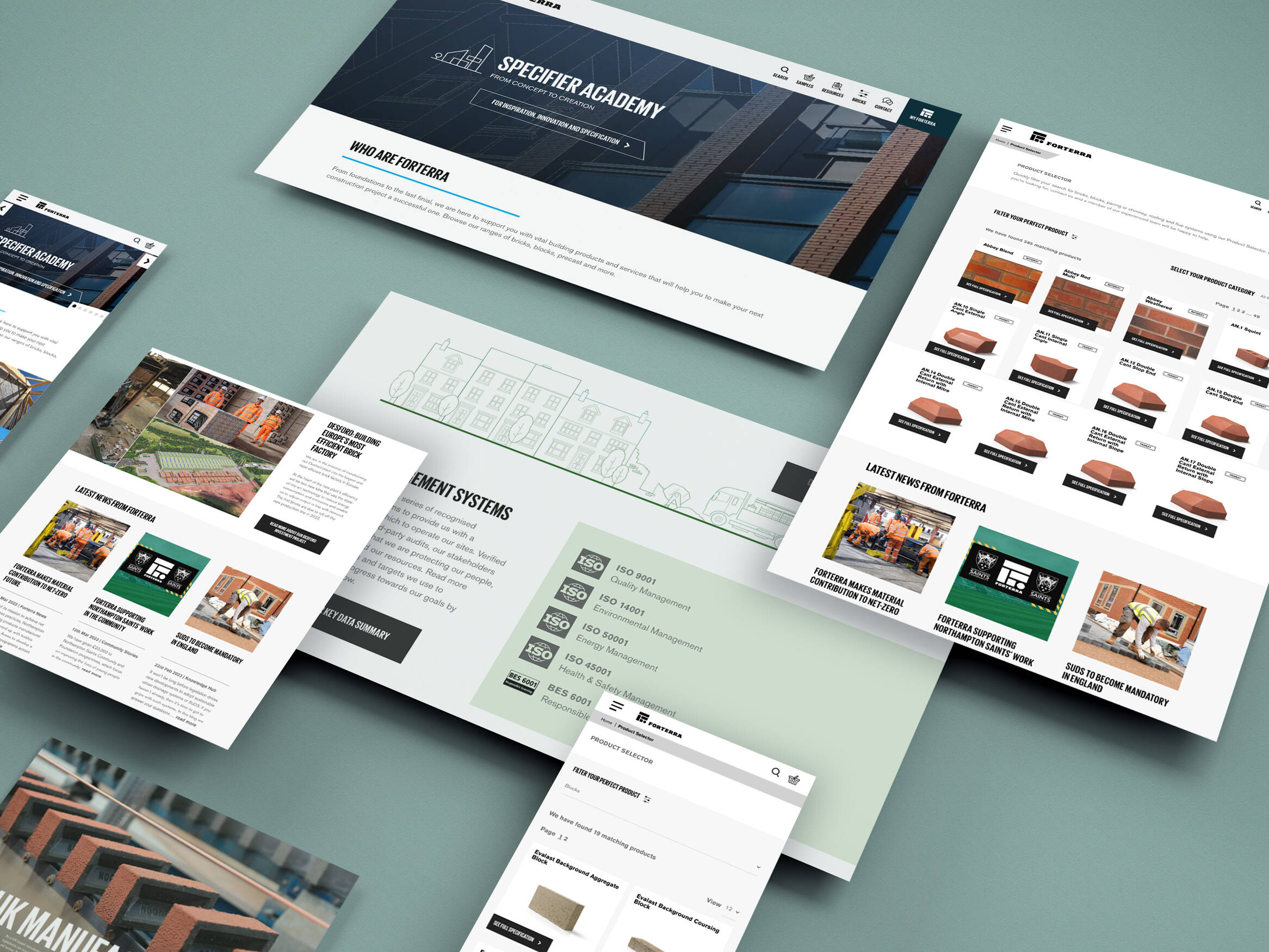How do you know how much something should cost? What is a reasonable price for a new computer, some tins of beans or that new iron you’ve been searching for?
Every day retailers are influencing how much you think items cost. Don’t worry, they’re not using special voodoo or hypnotising their customers. They’re applying the science of cognitive bias.
Cognitive bias is a common human pattern that influences how people form opinions and make decisions. We are all influenced by it. For example, a group of friends might influence our opinions on a topic – even if those decisions deviate from a standard of rationality or good judgment.
Cognitive bias is made up of many smaller specialities. In this article we’ll be looking at anchoring, or more specifically price anchoring. Anchoring describes the human tendency to rely heavily on the first piece of information we see, known as the anchor. After the anchor is set all subsequent decisions and adjustments are based on the bias of that.
Imagine you’re purchasing a second hand car. There is a price in the window. That is the anchor. The dealer has set an expectation for the value of that car. All negotiations after that are based on the original price. This means that any lower price seems more reasonable, even if that lower price is still higher than the market value.
In a pricing study, subjects were asked to estimate the worth of homes. Two groups were tested. One was made up of undergraduate students and the other estate agent experts. Pamphlets were provided with information about the surrounding houses; some had normal prices and others were artificially inflated. Results found both groups were swayed by the pamphlets with higher prices. In the follow-up interviews the professionals denied any influence by the initial price despite the results showing otherwise. By placing a premium product near a standard option you can create a clear sense of value. This makes the lower priced item feel like a bargain.
How do we apply price anchoring online?
The first few products people see will strongly influence their perceived value of that item. On search results and product listing pages we need to order products to subconsciously promote the ones you wish to sell more – or have higher margins. This doesn’t necessarily mean placing them first. Make sure you don’t place your cheapest products at the top of results. Even if these are the ones you want to sell more of. Placing higher value items first will make the cheaper options look like an even better deal.
Another common method is to place an expensive item next to a lower priced one. A £1000 watch looks like a bargain next to a £5000 watch but expensive next to a £50 one. This is popular for food menus where expensive items are placed on the right side, making the rest of the menu look good value for money. Amazon uses a similar method.
There is no exact science to how your products should be ordered. You need to consider which products you want to sell and at what price point. If you’re lucky to have lots of traffic you might want to consider A/B testing the order of products to see if they impact your sales.

Keep in mind that doing nothing is still influencing people’s buying decisions. Your products will have a default ordering. Make sure this is not set to cheapest first. Controlling the order is normally built into eCommerce platforms and relatively easy to do. Ask your web development company how to order products and discuss the viability of testing that order.
Get in touch
We know commerce, let us help you improve customer experience, increase conversion rates, and make that digital change.
- hello@iweb.co.uk
